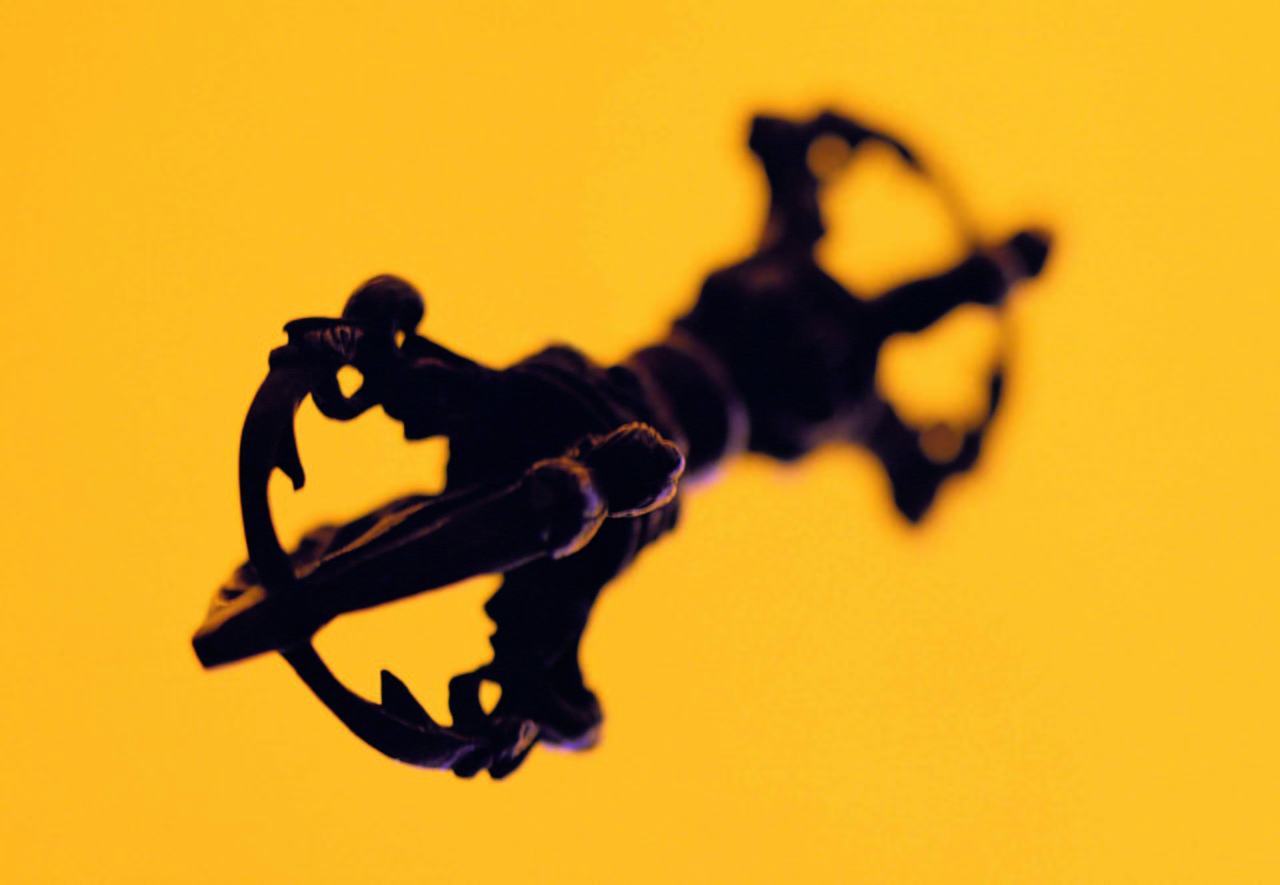A battle is under way between governments wanting to rein in social media, and advocates of unfettered free speech. We need to reconsider what skilful communication looks like, and the Buddha is an outstanding exemplar
Spooked by trolling, fake news and child safety concerns, governments around the world are seeking ways to rein in social media, including the Online Harms Bill announced in the Queen’s Speech this week. Meanwhile, Elon Musk wants to buy Twitter in order, he says, to preserve free speech.
Wherever you stand, it’s clear that social media has changed how we communicate, and that these issues aren’t going away. So can figures from history help us navigate the territory? Socrates never swiped left and Shakespeare didn’t use emojis, but I think both have much to teach us. And in the week that Buddhists mark the festival of Wesak or Buddha Day, the Buddha offers another example of highly skilled communication.
Our main sources for the Buddha’s life are the Discourses – thousands of texts relating seemingly firsthand accounts of the Buddha’s talks and encounters. They show the Buddha, after his Enlightenment, engaging with a religious environment that included intense, polarised debate. Reflecting on his own contribution, he sensed that behind the vehemently expressed views lay a desire simply to be right; and behind that, a fundamental insecurity.
The Buddha valued discussion, but warned his followers how easily we get sucked into angry arguments. If they heard him being attacked, for example, they might want to leap to his defence; but it would be hard to avoid an element of animosity that would bring pain and distort their understanding. Equally, if they heard people showering him with praise, they should resist the temptation to become elated.
In the countless meetings the discourses describe the Buddha presents an alternative model of communication. He’s confident in his own understanding, but often starts discussions by establishing rapport with his interlocutor, engaging sympathetically with their way of thinking. When he wants to convey his own viewpoint he uses humour and stories, or suggests practices that will allow them to explore the subject for themselves. If people disagree, he doesn’t mind.
Whatever the right balance between regulation and free speech on social media, for Buddhists what we call ‘skilful communication’ is a practice – something that can be taught. It starts with honesty and self-awareness, and its scope includes all the empathy and eloquence of a Socrates, a Shakespeare, or a Buddha.
*The source for the Buddha’s advice is The Brahmajala Sutta, Digha Nikaya 1. I discuss the Buddha’s communication skills in my book Gautama Buddha, The Life and Teachings of the Awakened One , drawing on What the Buddha Thought by Richard Gombrich


